In 2024, the Provincial People's Committee submitted to the Provincial People's Council a Resolution approving the investment policy for 6 inter-regional transport projects, connecting low-lying areas with high-lying areas, dynamic areas with disadvantaged areas. The province also supported investment in 54 transport works from the capital allocated in Resolution No. 12/2022/NQ-HDND of the Provincial People's Council. In June 2024, the Provincial People's Committee issued a decision approving the Project on renovating and upgrading rural transport in the province for the period 2024-2025, with a vision to 2030; in which the period 2024-2025 focuses on renovating and upgrading 73 categories of rural transport works, mainly concentrated in ethnic minority, mountainous, border and island areas.
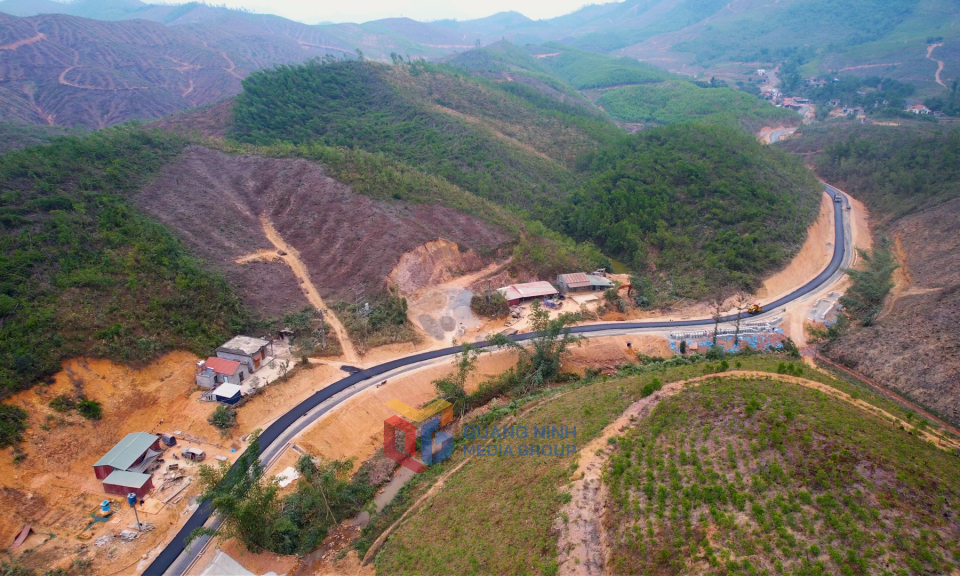
In addition to transport infrastructure, health infrastructure, education in ethnic minority and mountainous areas is also focused on by the province. The whole province currently has 638 educational institutions from kindergarten to high school meeting infrastructure standards. The rate of national standard schools is 90.22%. From 2024 to present, the Provincial People's Committee has directed the implementation of repairs and investment in construction and addition of facilities for 183 school items and projects in the province, mainly concentrated in rural areas, ethnic minority areas, mountainous areas, border areas, and islands. Currently, the province continues to direct the implementation of the Project on renovation, repair, upgrading, and completion of facilities of the provincial education sector in the period of 2022-2025.
All communes in ethnic minority and mountainous areas in the province have standard health stations. The Provincial People's Committee assigned the Department of Health to continue completing the Project to improve the capacity of the preventive and curative health system; the quality of health care for people in the period 2021-2025; the Project to improve the capacity of health stations in communes, wards and towns, especially in ethnic minority, mountainous, border and island areas, to strengthen primary health care for people and the community.

Localities also allocate capital to invest in cultural works in communes of ethnic minority and mountainous areas to improve the cultural and spiritual life of the people, such as: Building a new Cultural House in Po Hen village (Hai Son commune), a Cultural House in Than Phun village (Bac Son commune)... in Mong Cai city; building a new Cultural House in village 1 (Quang Phong commune, Hai Ha district); building San Diu ethnic village in Van Don district...
Other infrastructure such as electricity and water for daily life in ethnic minority areas are increasingly changing. Up to now, 100% of ethnic minority households have access to electricity. In 2024, localities will proactively allocate investment capital under the Program to build, repair and upgrade 16 clean water projects and works to serve the lives of ethnic minority people, with a total cost of VND 81,108 billion. Thanks to that, 10% of ethnic minority households in the province use clean water.
The province also focuses on investing in commercial infrastructure in rural and mountainous areas. Up to now, the province has 133 markets, of which 48 are in rural areas; 333 convenience stores are scattered throughout the province, contributing to shortening the gap between mountainous and plain areas; providing necessary goods and services to serve the consumption needs of people in rural areas, ethnic minorities, mountainous, border and island areas.
The province focuses on investing in telecommunications infrastructure in ethnic minority areas. To date, the province has 6,083 mobile transceiver stations (BTS stations) ensuring compliance with the passive telecommunications infrastructure planning; 1,868 3G stations, 2,968 4G and 5G stations. All villages and hamlets are covered by mobile phone signals; 99.35% of the population is covered by 4G or higher mobile networks; 100% of the population is covered by the Internet; 100% of ethnic minority households can watch television, listen to national and provincial radio stations; over 95% of people are propagandized, disseminated and educated about the law.
Source: https://baoquangninh.vn/dau-tu-ket-cau-ha-tang-vung-dan-toc-thieu-so-3350175.html



![[Photo] Ministry of Defense sees off relief forces to the airport to Myanmar for mission](https://vstatic.vietnam.vn/vietnam/resource/IMAGE/2025/3/30/245629fab9d644fd909ecd67f1749123)
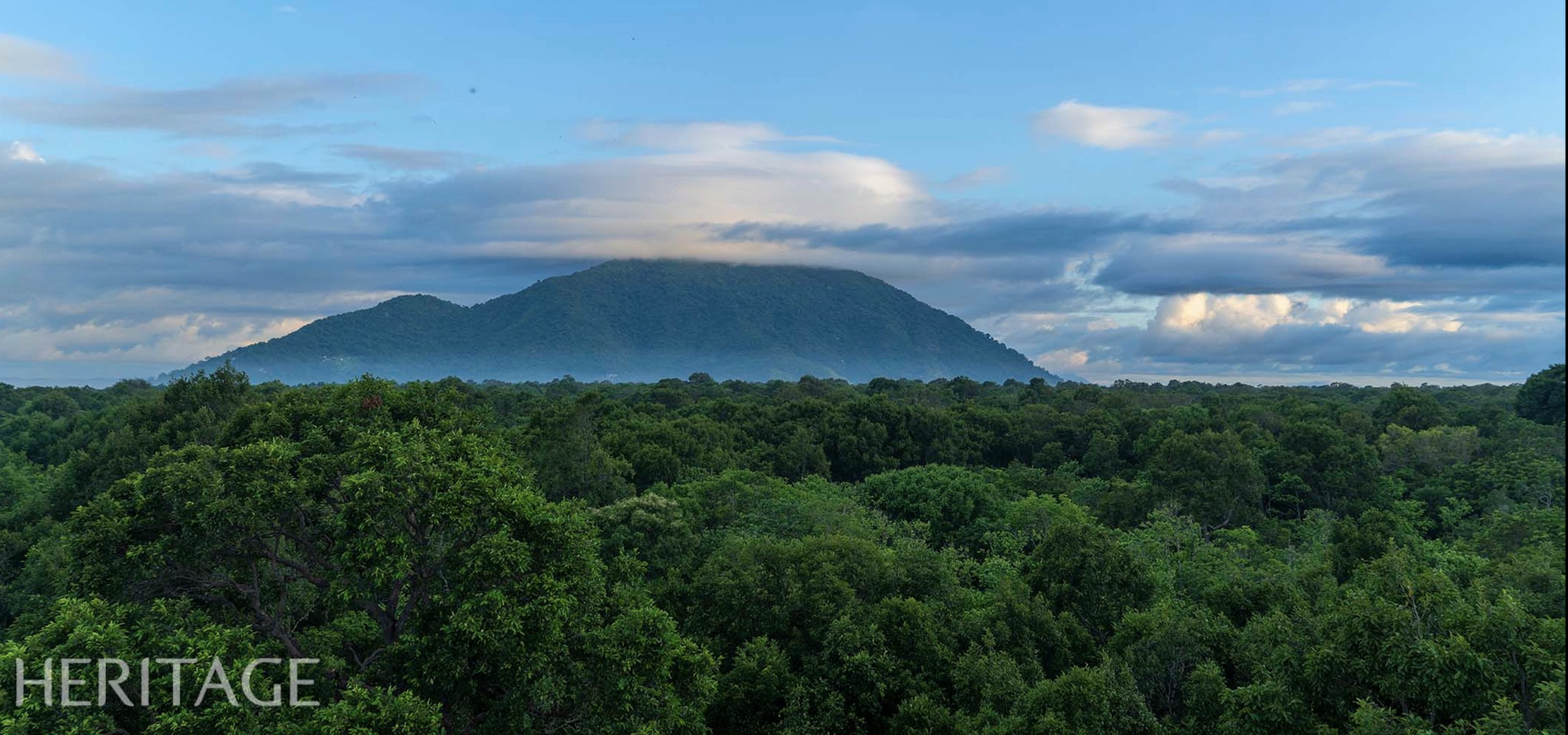

![[Photo] Prime Minister Pham Minh Chinh chairs meeting to remove difficulties for projects](https://vstatic.vietnam.vn/vietnam/resource/IMAGE/2025/3/30/7d354a396d4e4699adc2ccc0d44fbd4f)

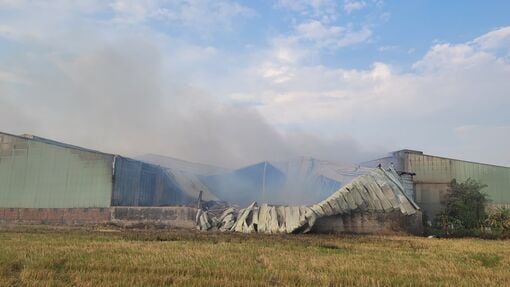


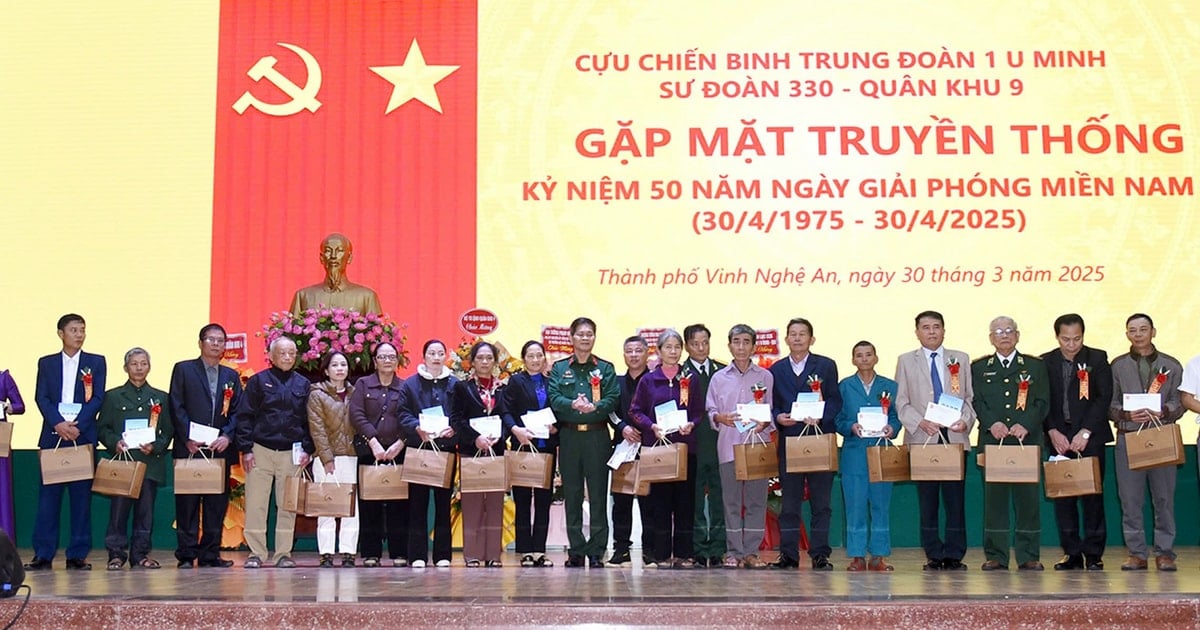




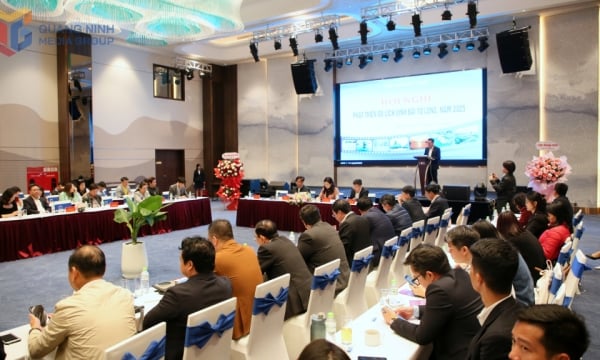
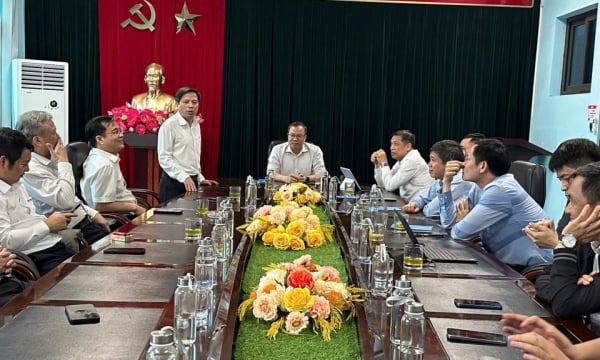


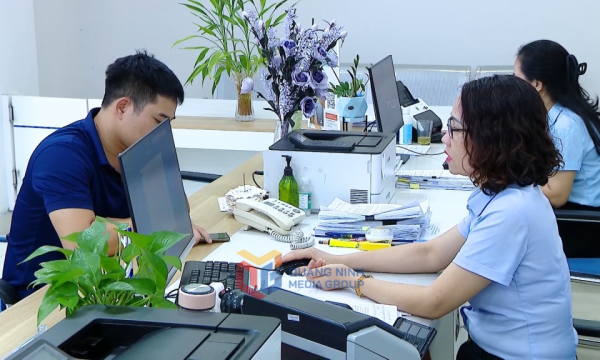
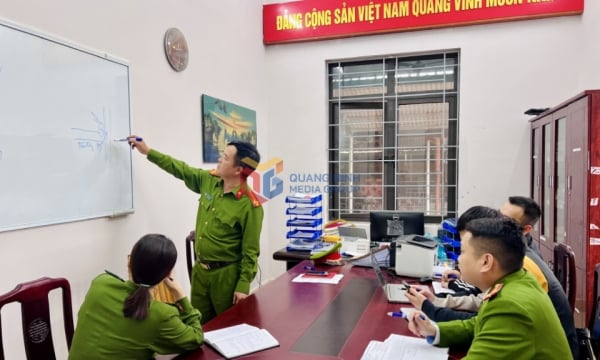

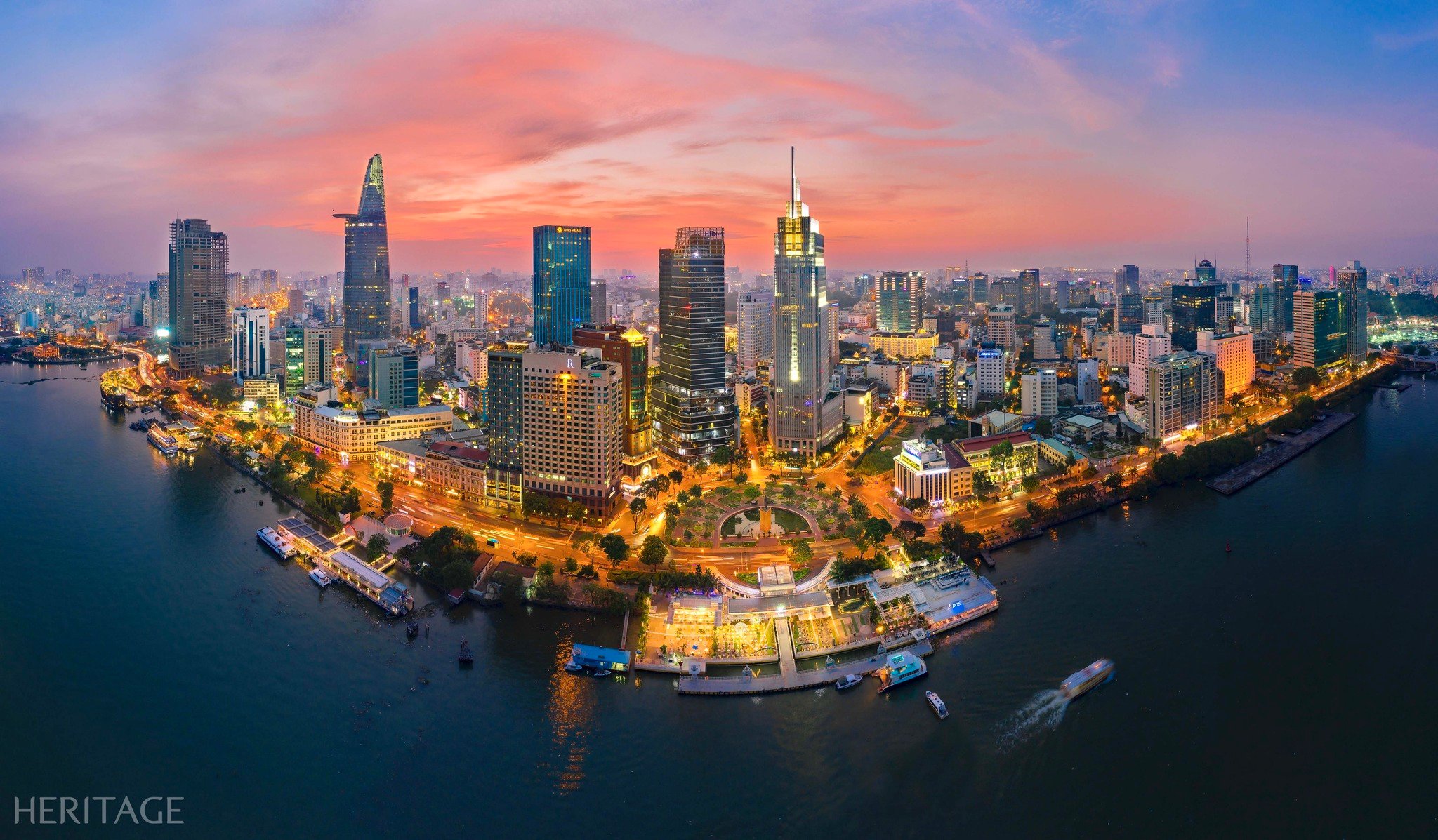
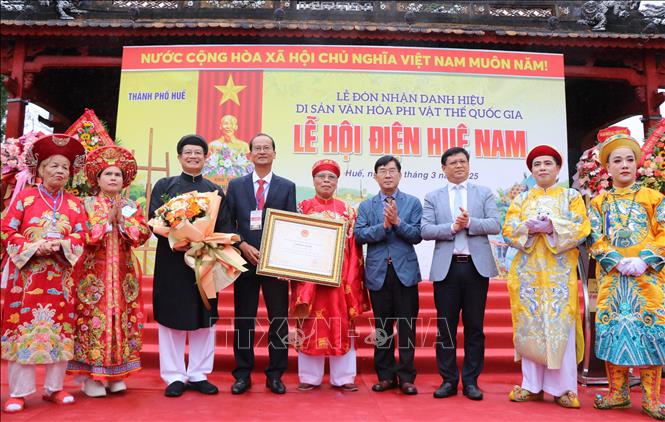

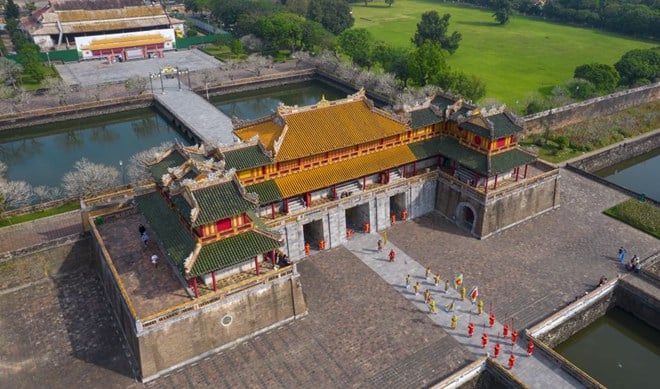



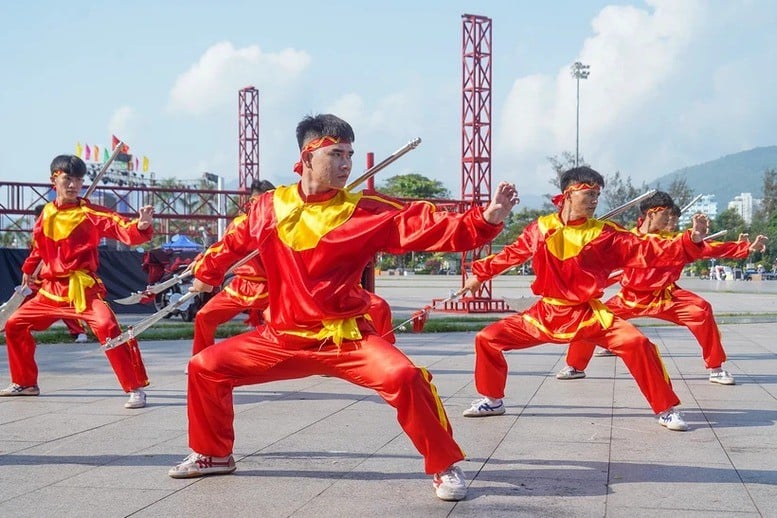



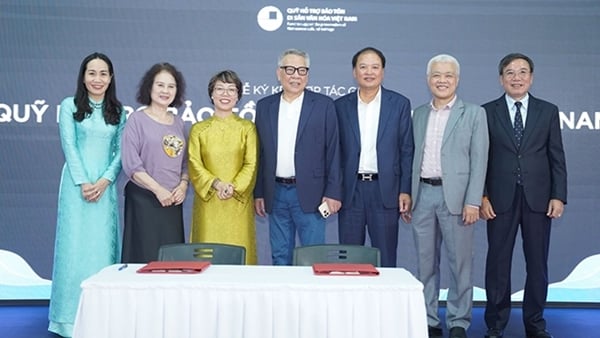
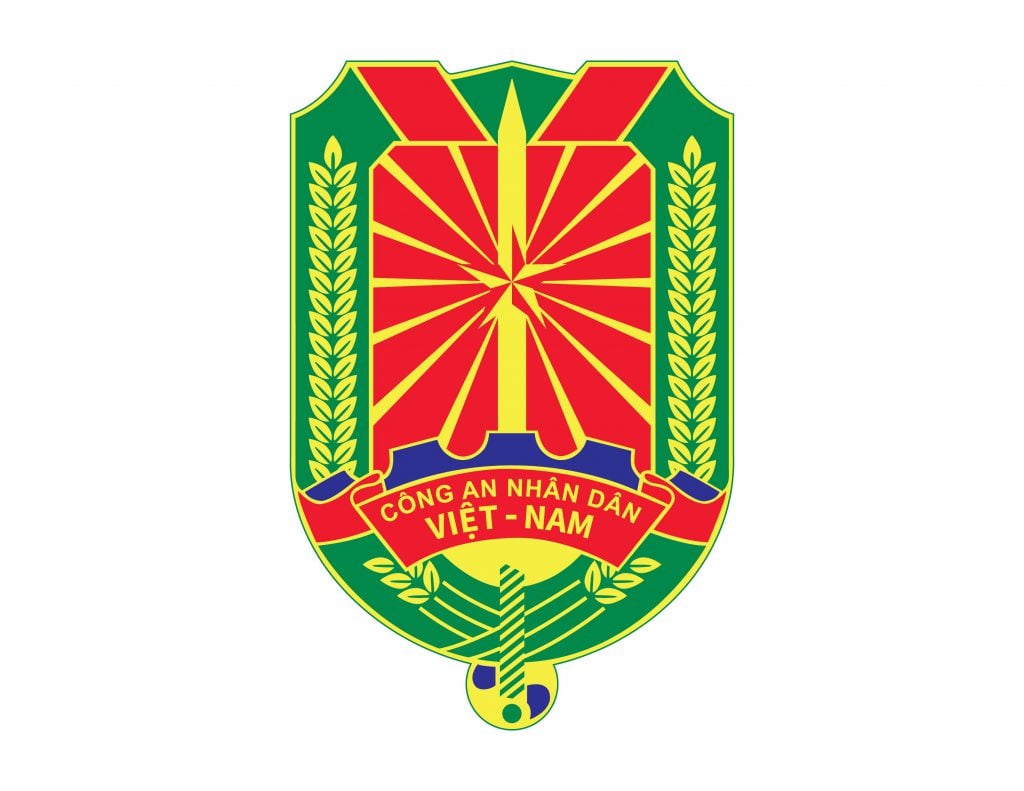
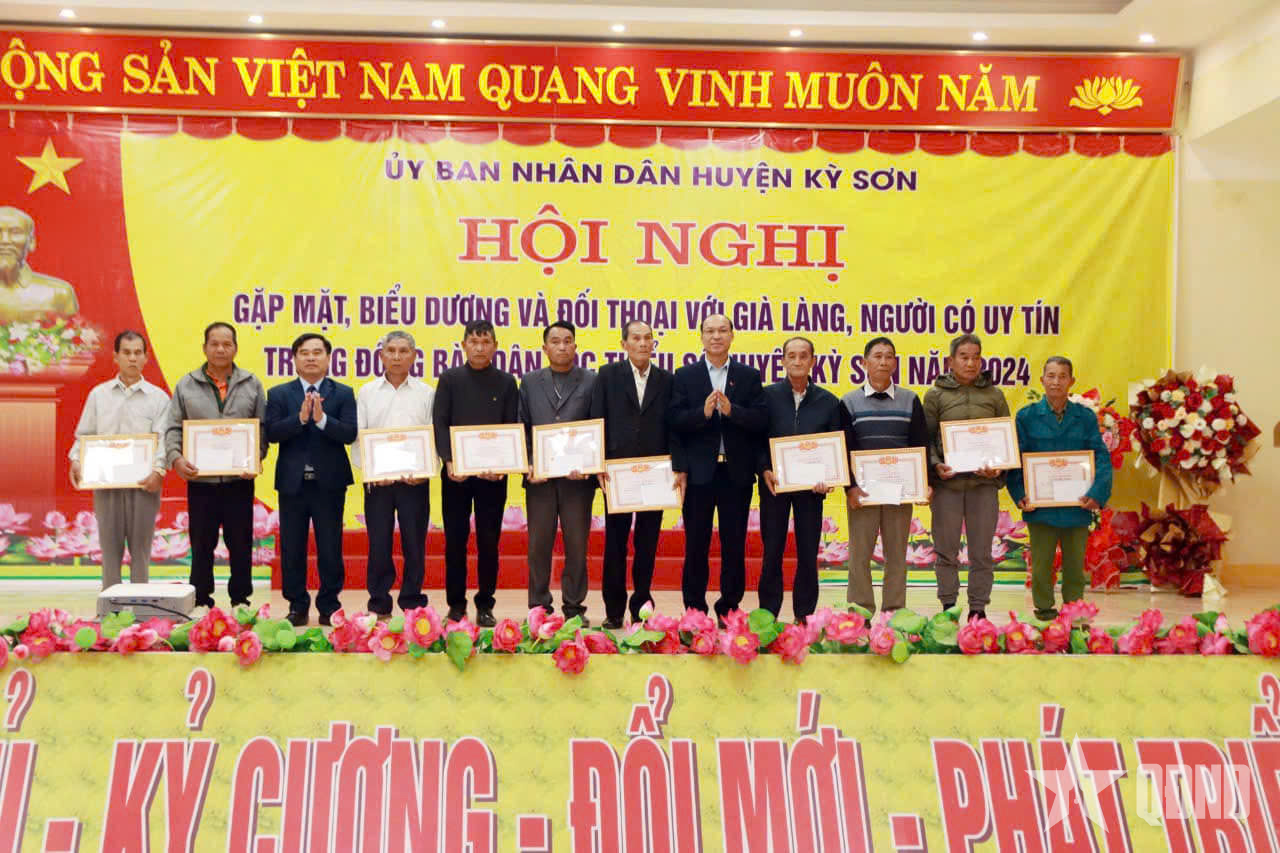





















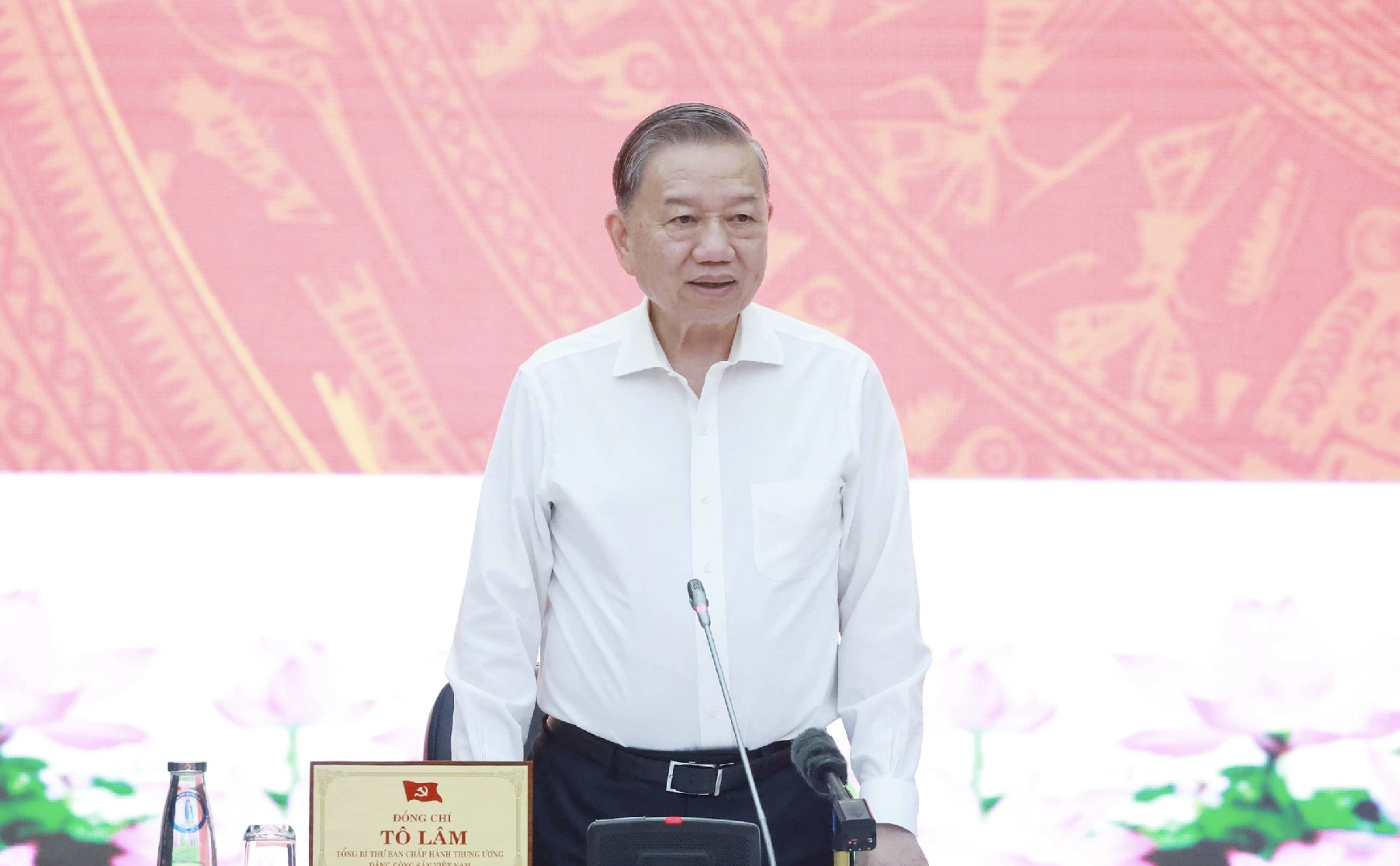

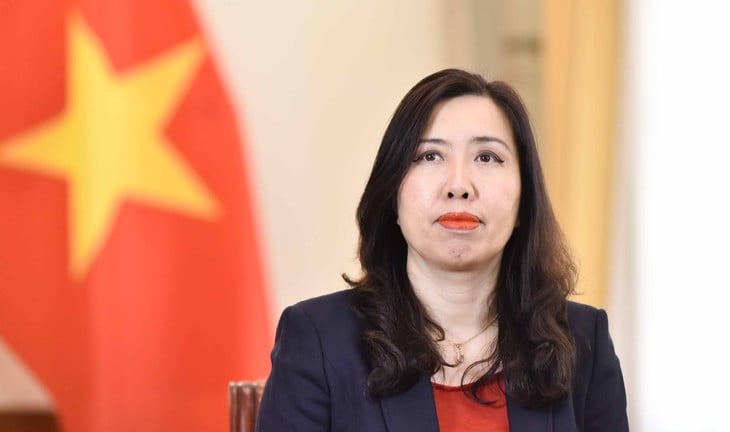

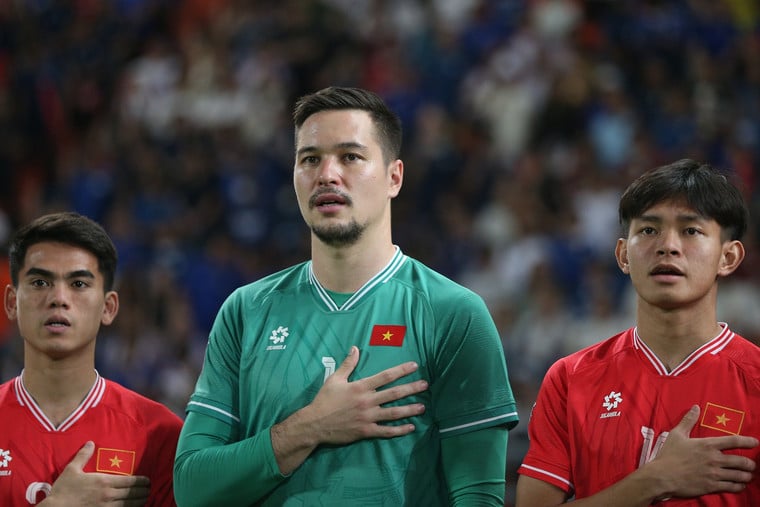

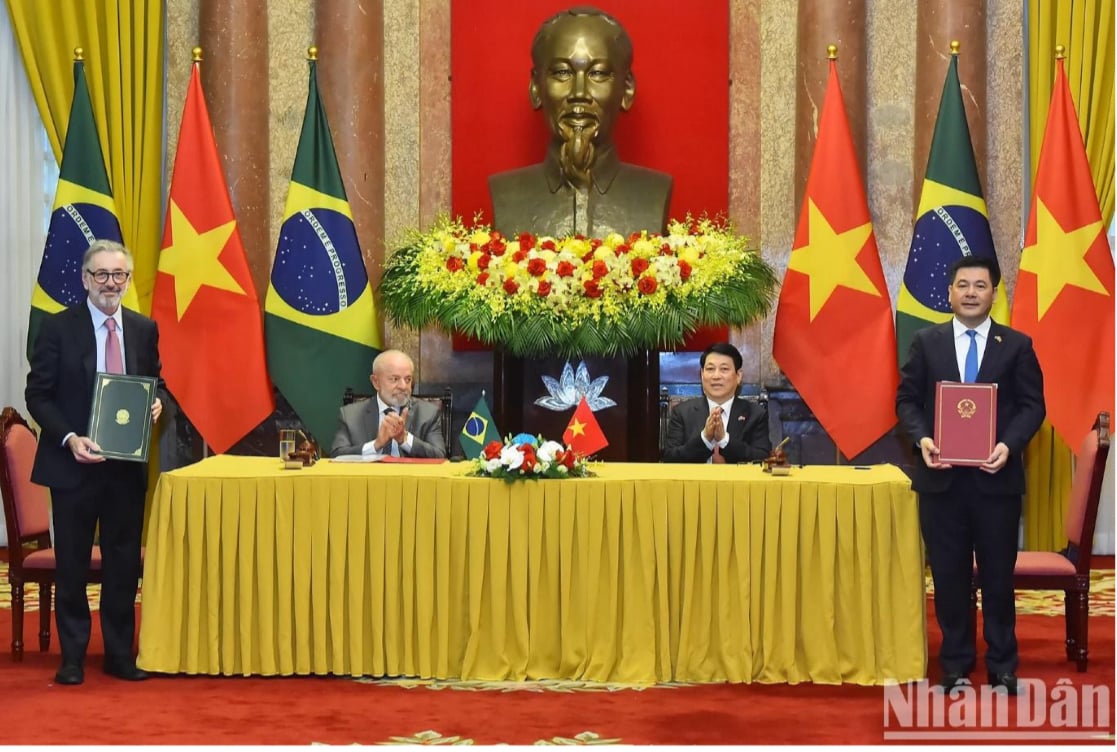

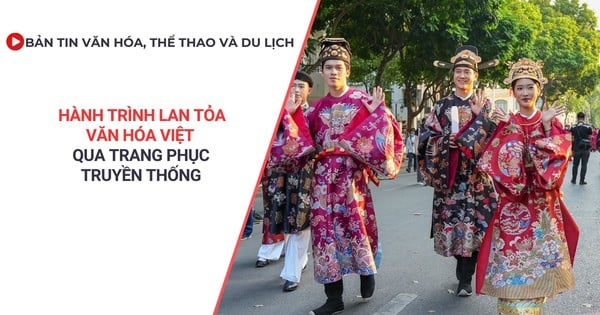

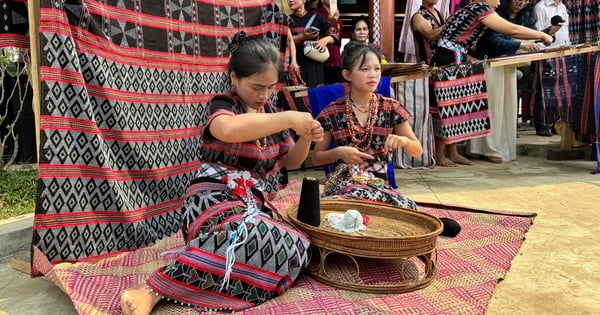


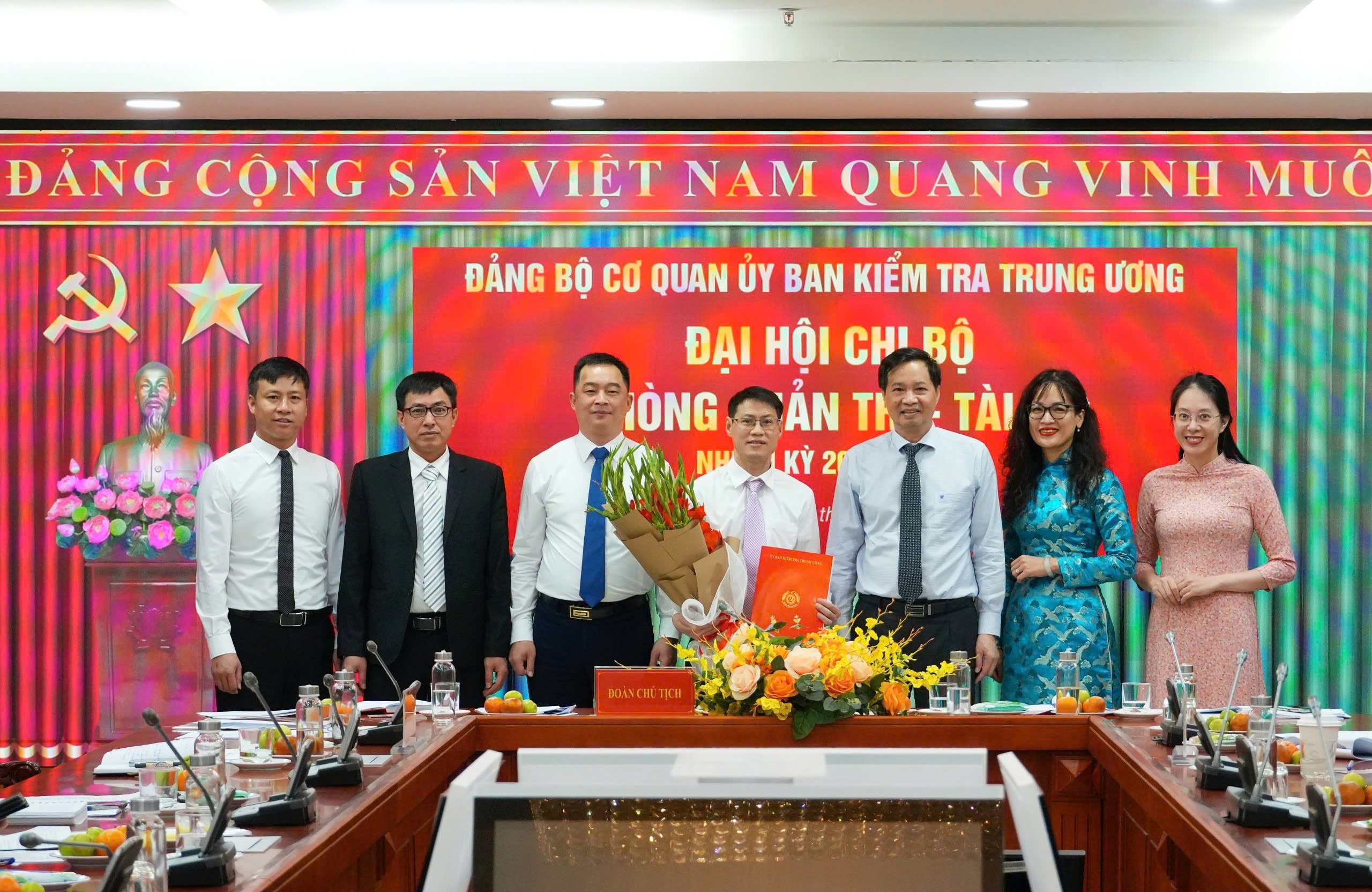
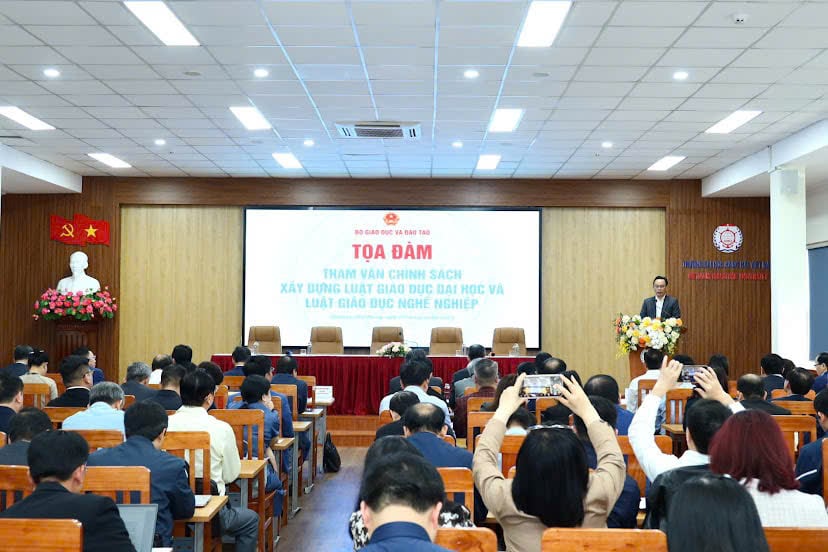





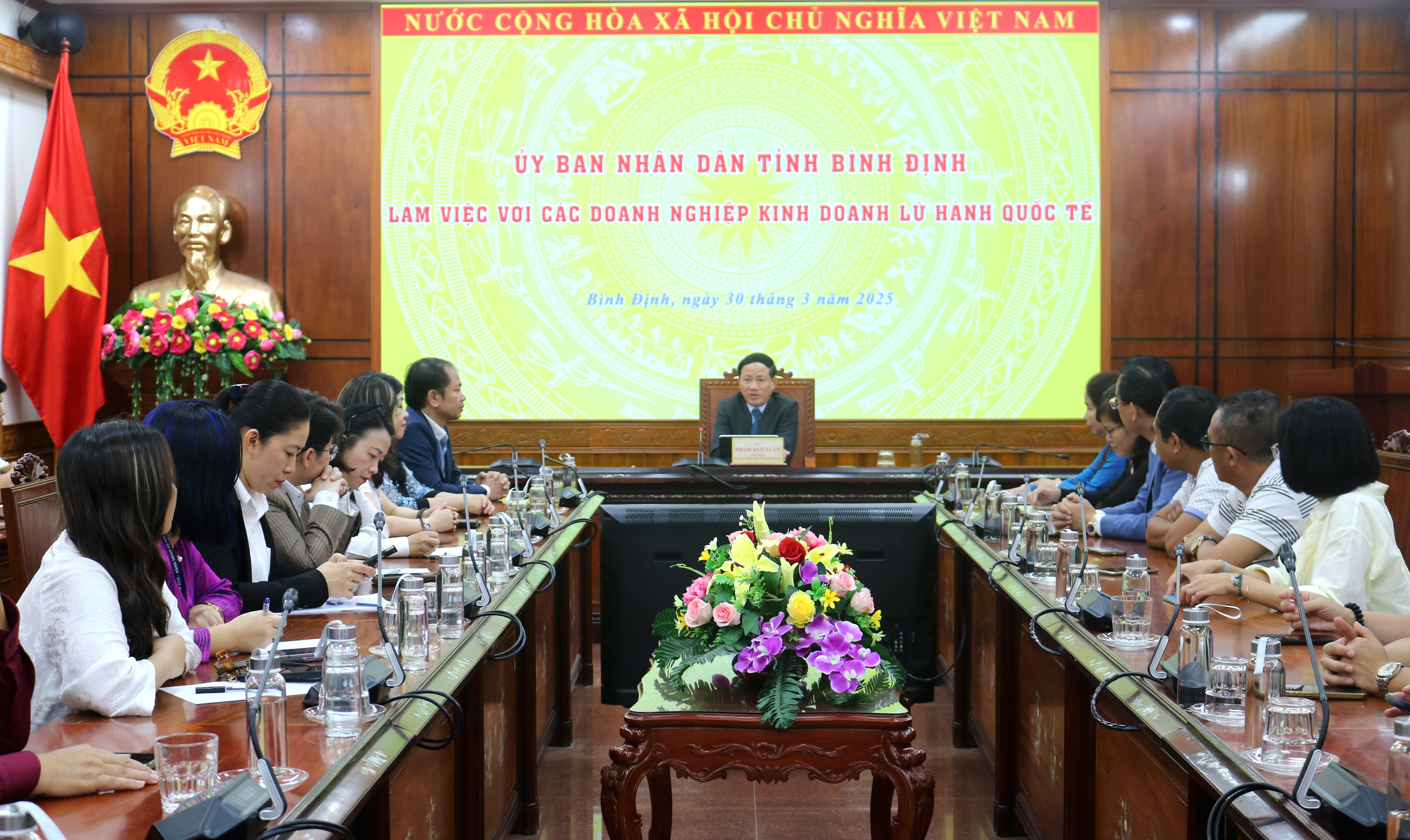



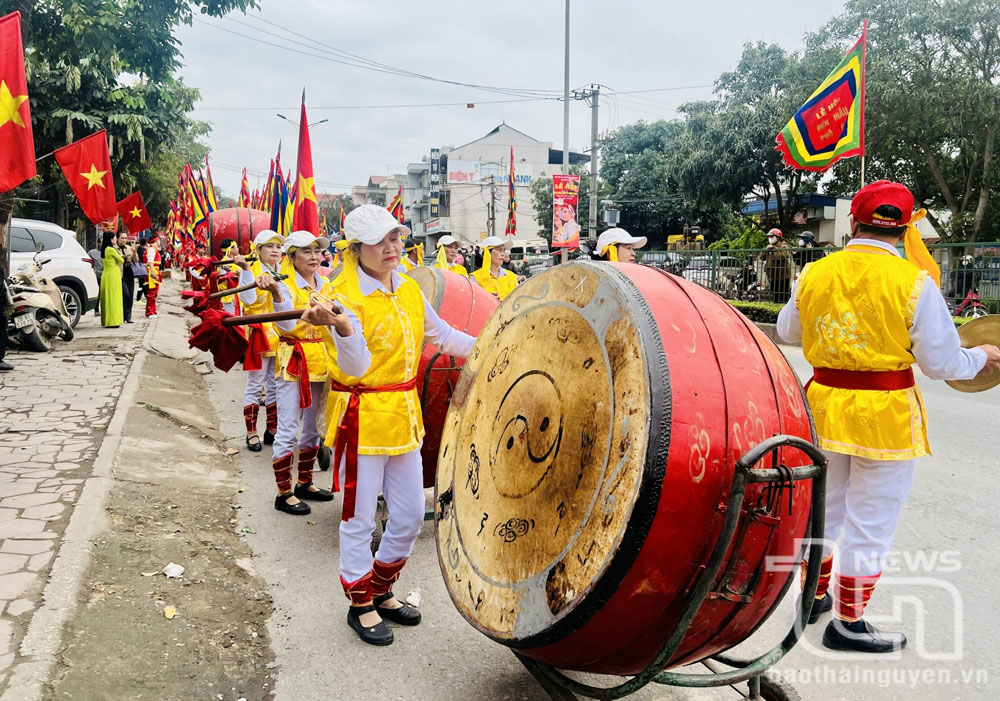



![[REVIEW OCOP] An Lanh Huong Vet Yen Cat](https://vstatic.vietnam.vn/vietnam/resource/IMAGE/2025/3/27/c25032328e9a47be9991d5be7c0cad8c)




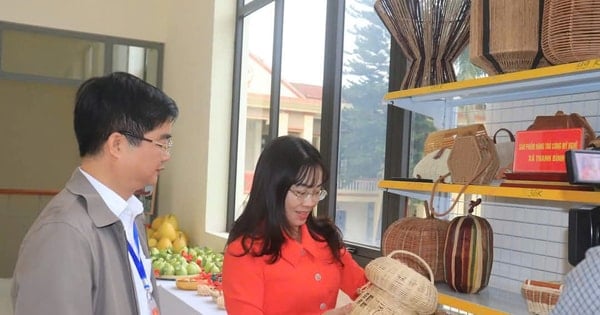
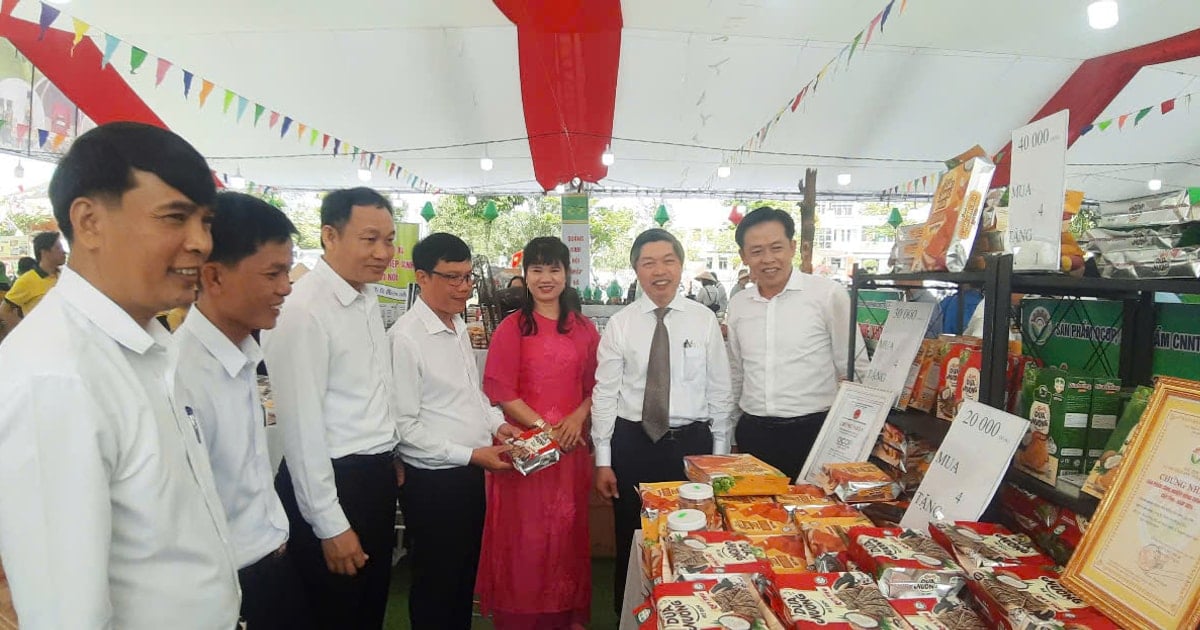
Comment (0)